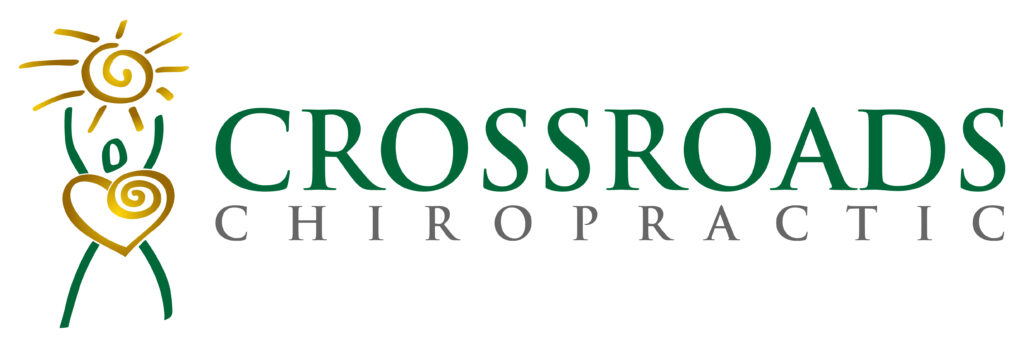Saturday morning dance class, it’s the rite of passage for thousands of little girls that has spanned the test of time. Once upon a time I was one of those tiny dancers, hair slicked back in a bun, black leotard, pink tights. Learning to point my toes, turning out my feet and walking like a ballerina starting at the age of three.

Now it’s my daughter’s turn to be the dancer in the family. Emilee has stuck with dance classes through her teens, becoming an award winning soloist at regional and national competitions. Emilee has benefitted from chiropractic adjustments to help her body adapt to the physical, and emotional, stress of being a dancer. If only every dancer were so lucky… years of arching the spine, stretching the legs and contorting the body can cause any dancer to suffer misalignments of the vertebrae and pelvis. But even putting potential back and neck pain aside, there could be another motivating factor for dancers to undergo chiropractic care.
Years ago researchers Waters & Boone investigated subluxation indicators such as leg imbalance, pelvic distortion and a neurological finding called “cervical syndrome” with their correlation with a poorer performance of fourteen female dancers. That’s right, they looked at how subluxated (misaligned) dancers were and whether or not that affected their performance. The results are no surprise to me.
The presence of subluxation indicators was negatively associated with the overall dance performance relative to muscle balance. Further, overall dance performance was rated high in individuals exhibiting no spinal misalignment elements, and lower in individuals exhibiting spinal misalignment elements.
Want to increase your chances of scoring higher or making the cut at your next audition? Find yourself a chiropractor J
Waters, KD, Boone, WR. “The Relationship of Spinal Misalignment Elements to Muscle Imbalance in Dance Performance” Chiropractic: The Journal of Chiropractic Research & Clinical Investigation 1988; July pp. 49-57.
